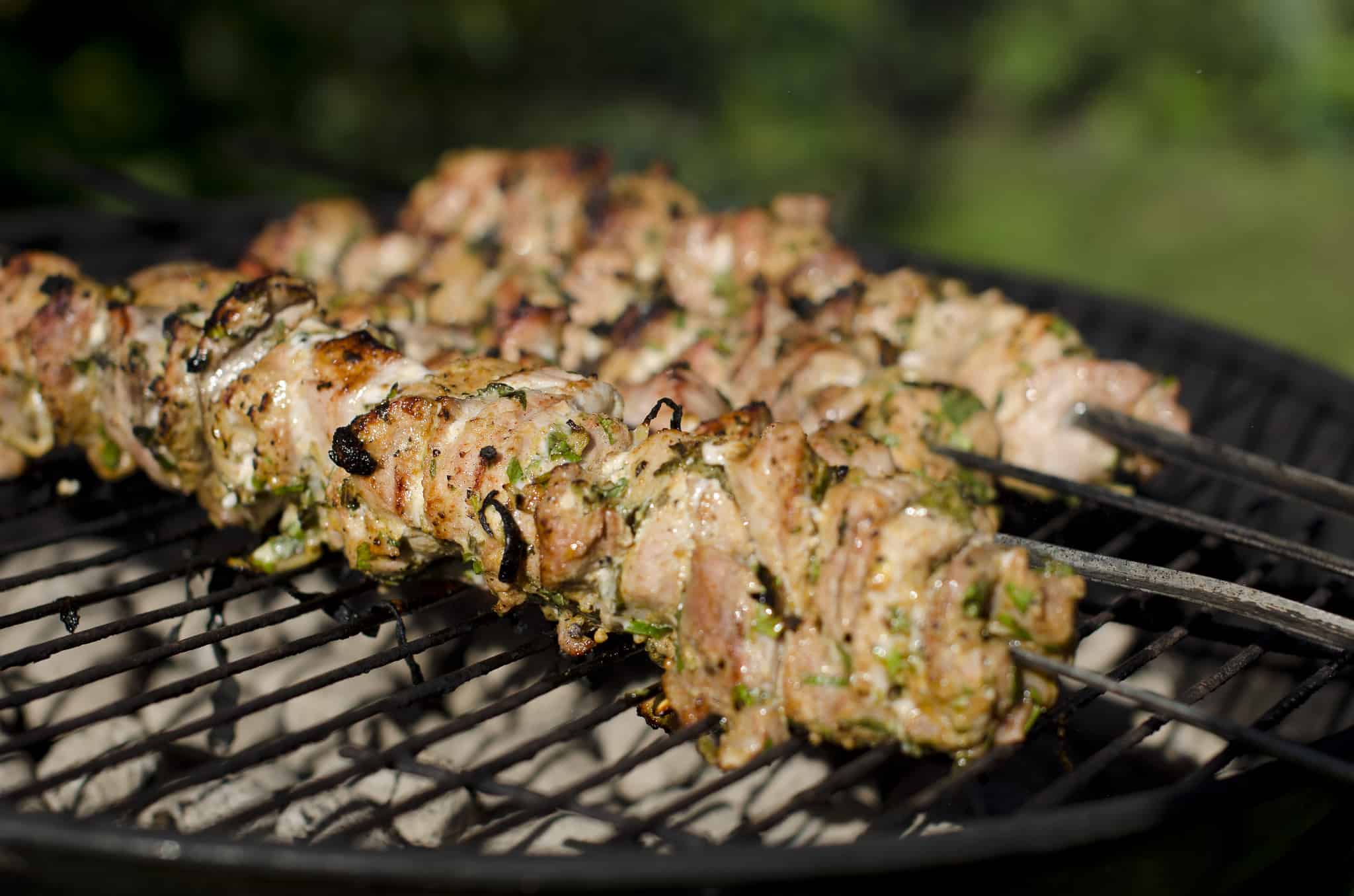While it's true that Mongolian cuisine isn't winning any culinary awards and fans of Mongolian barbeque won't find any of that stir fried takeout staple in Mongolia (it is actually Taiwanese in origin), it does bring some very special to the travelling foodie's table. Mongolians have not shirked their history; many still make the same nomadic living as their ancient forefathers before them. This has allowed for visitors to get the same taste of the simple, hearty fare as it would have tasted when the Mongol hordes dined on it in ages long past.
 https://www.flickr.com/photos/david_baxendale/
https://www.flickr.com/photos/david_baxendale/
In Mongolia's capital of Ulaanbaatar, visitors will be able to dine their way through a series of foreign restaurants; however, it is the roadhouse, traditional restaurants and the dining rooms of local families are where foodies will find the real treats. Mongolian cuisine may be hearty and uses more mutton than any other culture, but it has some dishes unlike anything visiting foodies will ever taste.
Buuz
 https://www.flickr.com/photos/76375339@N00/
https://www.flickr.com/photos/76375339@N00/
Buuz is widely considered to be Mongolia's national dish. Visitors will find it in almost everywhere and it perfectly exemplifies what Mongolian cuisine is all about. Buuz is a simple steamed dumpling stuffed with mutton, onion, garlic and caraway. It is usually served with other dishes like mutton soup, a simple soup of mutton, fat and broth; or eaten as is. Mongolians believe that fattier meats are higher quality which is why foodies will find very little other meat aside from mutton and goat used in traditional cooking. Some of the higher end restaurants in the city utilize leaner meats like beef or duck in their unique buuz dishes.
Kebabs
 https://www.flickr.com/photos/themoonkeeper/
https://www.flickr.com/photos/themoonkeeper/
Kebabs are the real Mongolian barbeque. During the traditional Naadam festival, these massive meaty kebabs can be found around every wrestling ring and archery track as the country celebrates all the sports of their Mongol heritage. During the rest of the year, kebabs can be found in small food stalls in the city, but very rarely anywhere else. What makes a Mongolian kebab particularly special is not that they are made out of mutton or host whole baby potatoes, but rather are given a rich and savoury flavour from incorporating whole chunks of salted fat onto the skewer.
Qurut/Aaruul
 https://www.flickr.com/photos/johanneslundberg/
https://www.flickr.com/photos/johanneslundberg/
Qurut, also known as Aaruul, is the favourite dessert item of all Mongolians. It can be found on most menus and as such is ordered by many foreign visitors just to try it. Unfortunately, it often becomes a new addition to their "foods to never eat again" list. Qurut is essentially a dried cheese biscuit. It is made from drained sour milk that has been left out to dry until is a flakey, biscuit-like consistency. Its cloying flavour is made even more fascinating when it is spread with a strong flavoured, super salty yak butter.
Orom
 https://www.flickr.com/photos/apple_sauced/
https://www.flickr.com/photos/apple_sauced/
Orom is often what foreign visitors enjoy most when visiting Mongolia. Orom is thick clotted cream boiled from the milk of the countries many herds of milk-producing animals. The taste of the clotted cream can often depend on the animal it came from; yak-produced clotted cream has a stronger flavour than the more subtle and sweet goat-produced clotted cream. Orom is usually served with jam and sugar or hunks of freshly baked bread. It is a favourite for breakfast or dessert in many restaurants.
Five Fingers
 https://www.flickr.com/photos/mikechu/
https://www.flickr.com/photos/mikechu/
While Mongolian dish names tend to be very literal, visitors won't be eating fingers when they dig into a plate of five fingers. This dish is typically made for visitors that visit tourist ger (traditional Mongolian nomad tents) in the country or for other special occasions. This simple dish involves boiling every section of the animal in a pot - stomach, organ, legs, ribs and head - then serving it all in one giant platter of meat that you eat with your hands, thus the name. Typically, they boil a goat or a lamb and the guest of honour will be treated to one of the finest portions of the animal - the eyeball. Different sections of the animal are eaten by different members of the family, so visitors may end up eating some strange bits. Regardless, every mouthful is a surprise and an unforgettable adventure.
Boodog
 https://www.flickr.com/photos/owally/
https://www.flickr.com/photos/owally/
Boodog is rarely ever found in restaurants, but if visitors are touring the countryside, many tour operators or drivers will offer to cook it up. Boodog is marmot that is cooked through hot stones stuffed inside it. Marmots are plentiful in Mongolia and a popular snack for those who stop for a break on those long country roads. Select organs of the marmot are removed, with the kidneys and liver left inside and it is then stuffed with potatoes, onions and smooth hot stones. As it cooks on the inside, a blow torch is used to burn away the fur and to cook it from the outside. The meat is a bit gamey, but for adventurous eaters, it does get much more exciting than this.
Airag
 https://www.flickr.com/photos/kodok/
https://www.flickr.com/photos/kodok/
Airag is the most infamous member of Mongolian cuisine. Airag translates to fermented mare's milk, which many find just as off-putting as it sound when they try it. As it is fermented, the beverage is alcoholic and has been a favourite way of getting inebriated for nomads since the days of Genghis Khan, although due to Russian influence, vodka is quickly becoming the popular drink of choice in the country. Many families get a real kick out of having foreign visitors give it a try and because it is rude not to try it if offered, foodies will be left with few options. Airag is considered one of the ultimate adventures in the food world and it is sure to be a taste that will stay with even the most adventurous eaters forever.
More Mongolia on Canadian Traveller:


